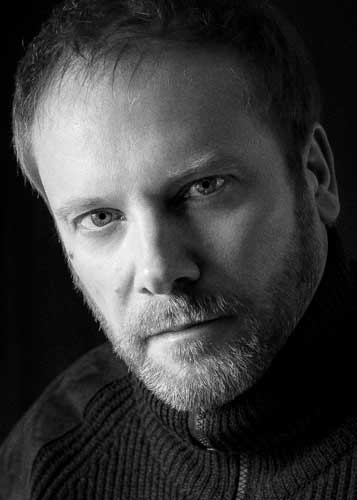
Verbalising a visual medium, such as photography, is not a task most artists relish and I count myself among them. But if I were to sum it up I would say the act of taking a photograph is really a form of self-expression. People express themselves with cameras all the time; whether it be taking family shots, holiday snaps, wedding photographs or pictures of newborn babies. The photographer uses a camera, their eyes and their judgement to create an image they hope will communicate something special to an audience. In this respect I am no different. I take photographs because I enjoy the visual medium and hope to convey a moment, a mood or an experience to the viewer.
As a photographer I like to be on the move, both physically and technically, trying out new approaches and discovering new paths. I feel artists need to continually challenge themselves and experiment in order to progress creatively and to keep ideas fresh and vital. My aim is to capture the essential quality of the experience before me at the very moment the shutter closes. Light, subject and shadow all play an important role. In terms of composition, what fails to make the final image is often as important as the image itself. All of these decisions are key to the creative process and something I find continually challenging and inspiring. I hope this inspiration is apparent in my work.
(Source: davebowmanphotography.com)